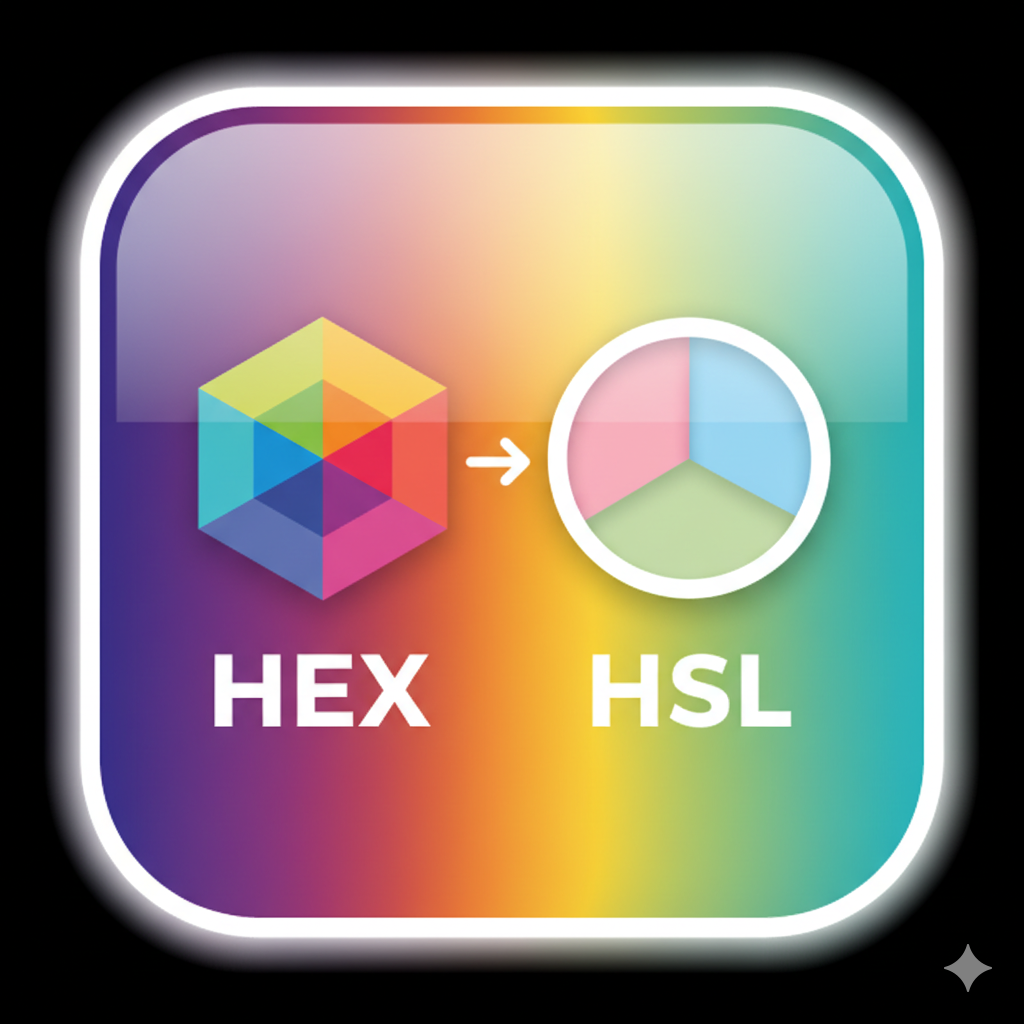Log to Exponential Math
Convert logarithmic equations to exponential form quickly and easily with our free online Log to Exponential calculator. Simplify math problems now!
The Log to Exponential Math Converter is a highly accurate and educational digital tool designed to help users convert logarithmic expressions into their equivalent exponential forms effortlessly. Logarithms and exponents form the core of mathematics and appear extensively in algebra, calculus, data science, physics, engineering, computer science, and financial modeling. This converter simplifies one of the most frequently used transformations in higher mathematics, enabling students, teachers, researchers, and professionals to work with mathematical expressions more confidently and efficiently.
A logarithm is the inverse of an exponential function. Converting between these two notations is essential in solving equations, interpreting mathematical models, simplifying expressions, and analyzing real-world phenomena. The fundamental relationship is defined by the formula:
If logₐ(b) = c, then aᶜ = b
This identity expresses how logarithms “undo” exponential growth and vice versa. The Log to Exponential Math Converter uses this universal rule to transform any valid logarithmic expression—whether common logs (base 10), natural logs (base e), or logs with custom bases—into its correct exponential equivalent. This ensures precise, standardized results that align with academic conventions worldwide.
In algebra, the converter is invaluable for solving logarithmic equations, isolating variables, simplifying expressions, or preparing equations for graphing. Students often struggle with remembering how to correctly convert logs to exponentials, especially when dealing with unfamiliar bases or multi-step problems. This tool eliminates confusion and provides immediate clarity, helping learners build strong foundational skills.
In calculus, logs and exponentials appear in limits, derivatives, integrals, differential equations, and growth/decay models. Properly converting a logarithmic expression can simplify a problem dramatically and make complex calculus concepts easier to understand. The converter allows students and professionals to manipulate expressions with confidence, reducing algebraic errors and focusing on deeper conceptual understanding.
In data science and machine learning, logarithmic transformations are often applied to normalize data, interpret model outputs, convert log-likelihoods, and handle exponential growth patterns. Being able to interpret logs in exponential form helps analysts better understand scaling effects, probability distributions, and performance metrics. This converter assists practitioners in quickly validating and interpreting log-based formulas found in statistical models.
In engineering and physics, many natural relationships follow exponential or logarithmic behavior, such as radioactive decay, sound intensity (dB scale), signal processing, capacitor discharge, population growth, and pH measurements. Engineers often need to convert between these representations to derive formulas, solve equations, and interpret empirical data. This converter ensures accuracy and supports efficient problem-solving in technical applications.
Computer science, especially algorithm analysis, frequently uses logarithmic expressions to describe time complexities such as O(log n). Converting these into exponential equivalents can deepen understanding of algorithmic behavior. Additionally, topics like cryptography, compression, and digital signal processing rely on log-exponent relationships.
For teachers and educators, the converter serves as an excellent demonstration tool for classrooms and online lessons. It visually reinforces the inverse relationship between logs and exponentials, making abstract concepts more accessible to students.
Everyday users also benefit when interpreting scientific charts, financial formulas, or growth metrics where logarithmic notation is common.
The interface is clean, intuitive, and optimized for all devices. Users simply input a logarithmic expression, and the tool instantly returns its accurate exponential form.
In summary, the Log to Exponential Math Converter is a reliable, authoritative, and essential tool for students, educators, scientists, programmers, and professionals seeking accurate transformations between logarithmic and exponential expressions. With its precision and clarity, it supports learning, analysis, and problem-solving across countless fields.






